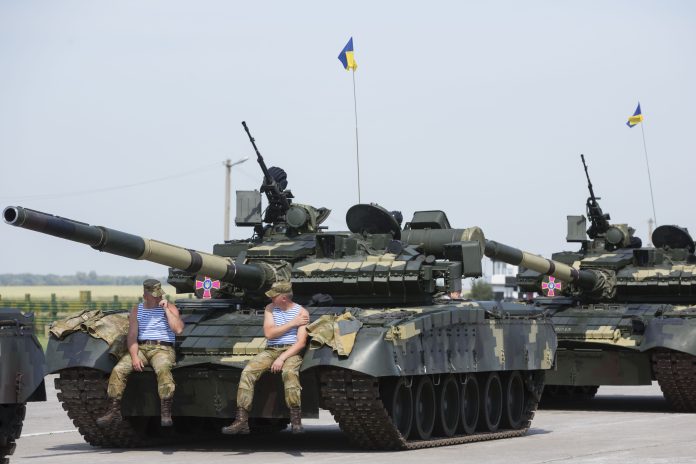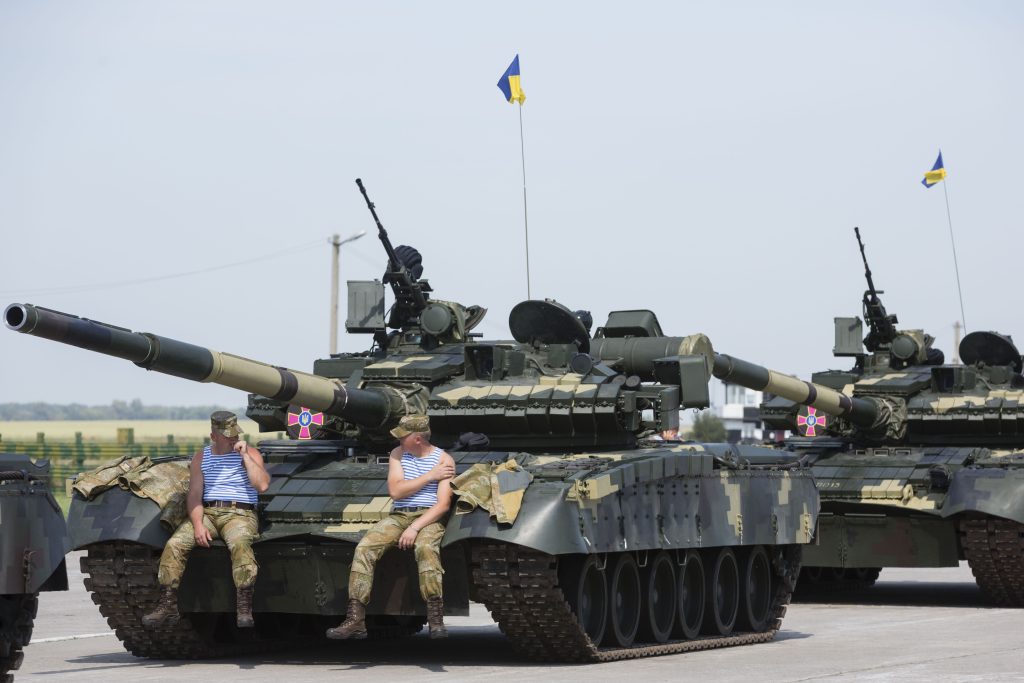
“60-70% of Russian destroyed and damaged systems during the war against Ukraine are now supported by small drones,” RUSI documented earlier this year. That astronomical figure is a measure of the seismic shift in the nature of warfare today and, importantly, the way conflict is monitored and understood. The most recent tank battle outside Siversk, captured in high-intensity frontline video, provides a glimpse into the new dance of armour, strategy, and intelligence on contemporary battlefields.
For war planners and defence strategists, what makes the lead-up to this meeting so compelling is as interesting as the meeting itself. From ad hoc deployment of ‘barn’ tanks to the turning point application of open-source intelligence (OSINT), each aspect is an improvisational, inventive, and ongoing battle between survivability and firepower. The following is a breakdown of the most telling instances to have arisen out of this incident and beyond.
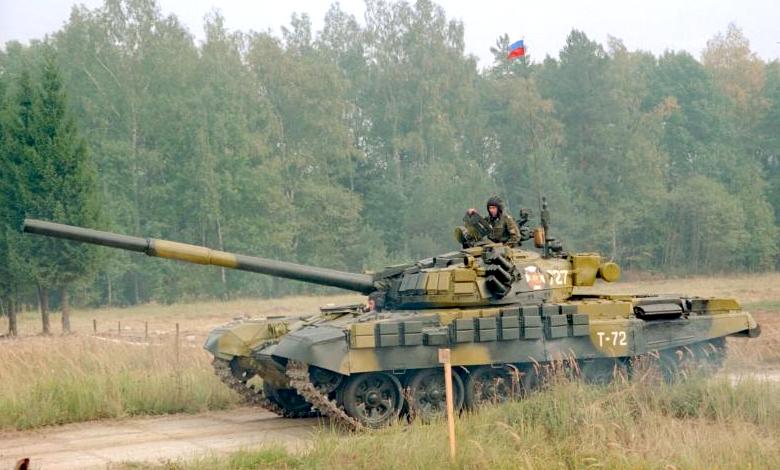
1. The Rise and Fall of the Russian ‘Barn’ Tank
A Russian tank broadly converted into a box-shaped metal shell engaged with a Ukrainian 54th Mechanized Brigade vehicle in the dry fields beyond Siversk. These improvised forts have been labeled ‘turtle’ or ‘barn’ tanks by Ukrainian troops, named for their familiar form and purpose: shielded from bombs released by drones. These modifications, according to Ukrainian reports, were directly made because of the spreading use of FPV and quadcopter drones precision-efficient against exposed hatches and vulnerable spots.
In spite of the additional armor, the video demonstrated that older tank rounds are still to be feared. The HEAT round of the Ukrainian tank carved off a significant portion of the Russian tank’s drone armor, and a testament to the vulnerabilities of field fixes improvised. As the video author pointed out, “the enemy vehicle was destroyed eventually by strike drones in its attempted withdrawal.” There is an extremely useful lesson here: even the most robust field improvisations will be soon outrun by changing threats.
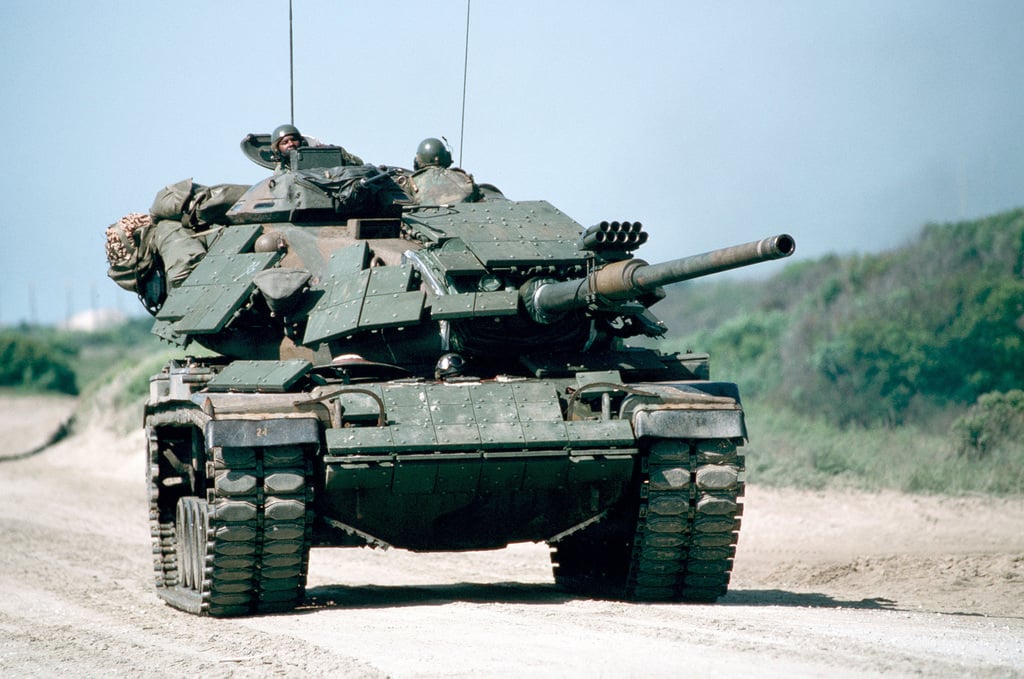
2. The Physics of Modern Tank Armor
Russian main battle tanks such as the T-72B3M, T-80, and T-90M have all been significantly upgraded in recent years with the integration of explosive reactive armor (ERA) and active protection systems. ERA, recent computational modeling indicates, is made up of steel flyer plates and explosives that are designed to sever kinetic penetrators and shaped-charge jets. The performance of ERA is a function of stand-off distance, impact angle, and plate velocity. Doubling stand-off distance, for instance, will cut penetration by as much as 75% against kinetic rounds but at added susceptibility expenses.
And yet, as in Ukraine, the most sophisticated defenses can be bypassed. The Siversk tank battle proved that shaped-charge rounds are still extremely effective when used correctly, particularly at close range. Armor vs. anti-armor cat-and-mouse continues to determine survivability on the battlefield of today.

3. Drone Warfare: The New Tank Killer
Ukraine has been a testing ground for consumer drones repurposed into military versions. DJI Mavics and FPV racing quadcopters, frequently cobbled together with off-the-shelf parts, have served as effective anti-tank weapons. They conduct their task in three steps: detection, approach, and strike and each step now confronted with particular Russian countermeasures ranging from camouflage nets to electronic jammers.
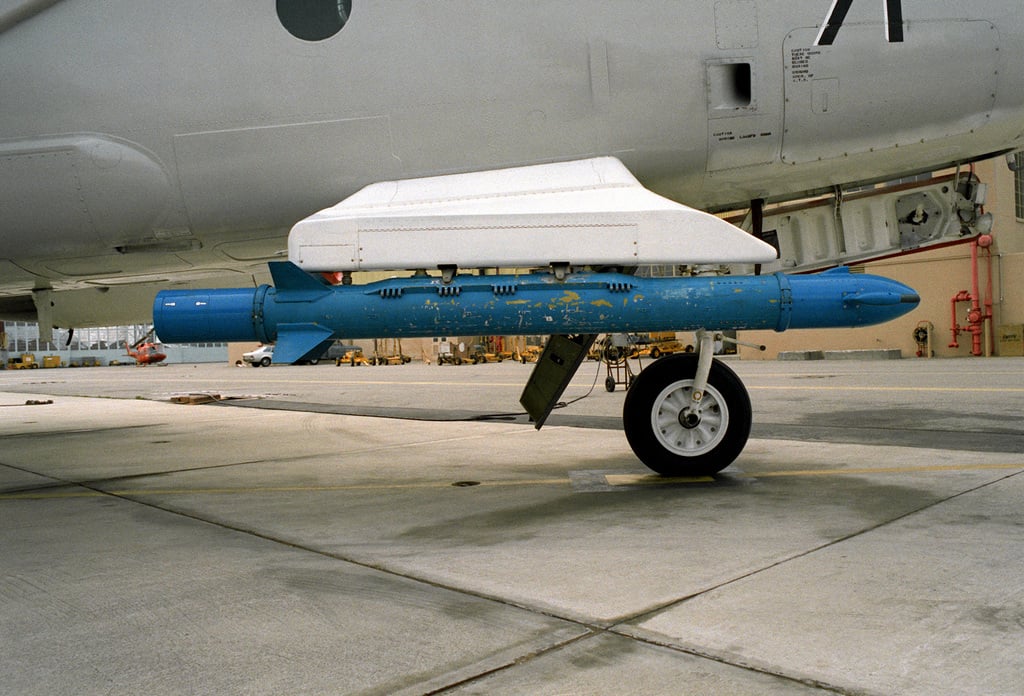
In spite of such concessions, drones are abominably efficient. Mini drones accounted for the majority of Russian vehicle losses, recent evidence indicates, with FPV drones becoming the primary anti-tank weapon. Tank duel video with air robot attacks culminating in the Russian vehicle apparently destroyed by strike drones is one demonstration of this new reality: air robotics is redefining armored warfare doctrines.

4. OSINT: The Eyes of the Modern Battlefield
Open-source intelligence changed the way war was being recorded and analyzed. The Siversk tank battle was geo-located in hours using satellite imagery, social media, and geotagged video by OSINT analysts. As Thomas van Linge explained, “On Twitter, there’s a lot of cooperation. People share footage, geolocate it, try to identify the types of tanks, armed vehicles, that kind of stuff.”
This open, collaborative methodology allows virtually real-time verification of combat events, typically prior to official release. The power of OSINT reaches far beyond analysis: it shapes narrative, informs tactical response, and even affects morale. Democratization of battlefield intel is now a defining characteristic of modern conflict.
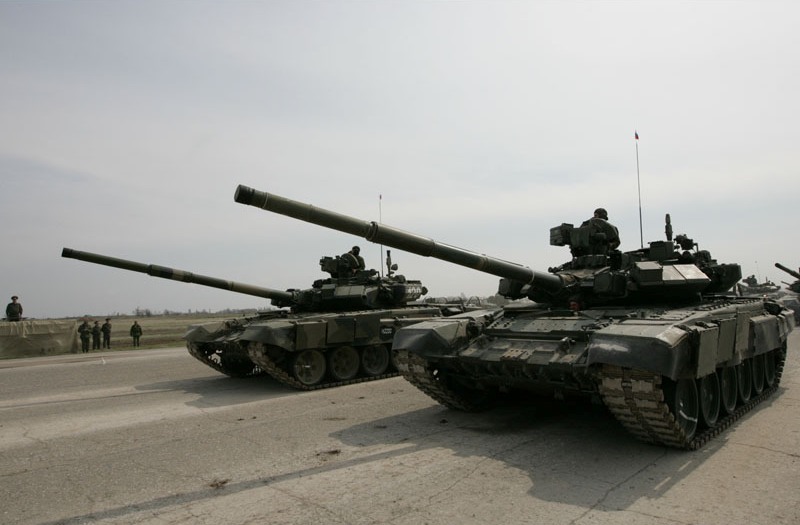
5. The Limits of Improvisation: Russian Tank Countermeasures
Russian troops have countered with a combination of high-tech and improvised tactics. Camouflage nets are designed to hide visual and infrared signatures, and jammers interfere with drone communications. Cage and mesh armor, originally meant to be used against RPGs, have been redirected to derail or deflect grenade-carrying drones.
But as current video and analysis show, these countermeasures are frequently only partially successful. Some tanks so equipped have nonetheless been incapacitated, evidence of the incessant pace of reciprocating adaptation. The jammers and cages are now routine equipment, evidence of an endless technology arms race between offense and defense.

6. The Physics of Shaped Charges and HEAT Rounds
Much of what the public has learned about HEAT warheads is based upon enduring myths. Despite popular opinion, the rounds don’t burn or melt armor but rather use the Munroe effect to converge explosive energy in the form of a very high-speed jet of metal. As US Army researcher William Walters explained, “the jet is not a ‘cutting plasma’, it is not a liquefied or molten metal jet. the jet does not burn its way through armor.”
Current HEAT rounds, when imparted with optimal standoff, have the capability to penetrate armor several diameters larger than themselves. During the Siversk duel, the Ukrainian tank’s HEAT round showed the ongoing relevance of shaped-charge technology even against drone-defense-mutated vehicles.

7. OSINT’s Double-Edged Sword: Disinformation and Verification
OSINT has enabled independent verification and instant spreading of incidents on the battlefield, but it also poses new risks. Fake videos, false reporting, and managed disinformation operations are more prevalent. There have been unconventional codes of conduct and authentication methods created by the OSINT community, but, as Conflict News’s Kyle Glen wrote, “There’s a definite possibility that Russia wants this information to come out. they’re not going to be happy about stuff like that coming out.”
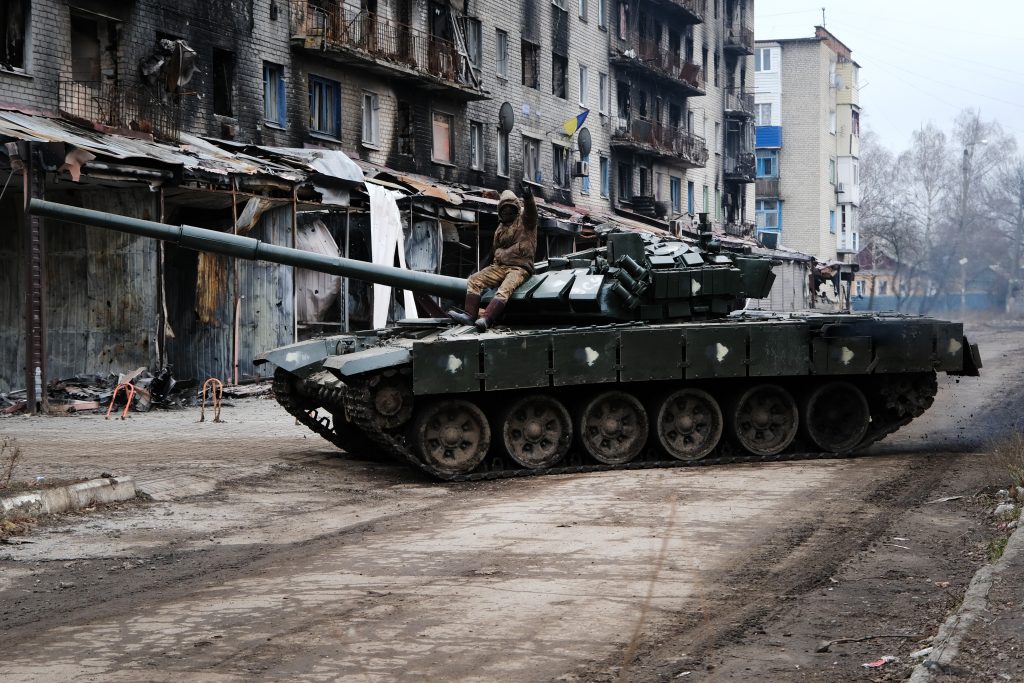
The outcome of the Siversk tank battle a drone kill, if not independently verified illustrates the limitations of real-time intelligence in a contested information environment. Cross-validation and transparency remain essential to credibility.
The tank duel in Siversk is more than a dramatic scene it’s a miniature representation of the ongoing evolution in armored warfare, battlefield perception, and interplay between technology and tactics. As tanks continue to evolve to deal with new threats and OSINT redefines our understanding of war, one thing prevails over all else: the pace of innovation in today’s battlefield is relentless, and only those who adapt quickly will survive.
